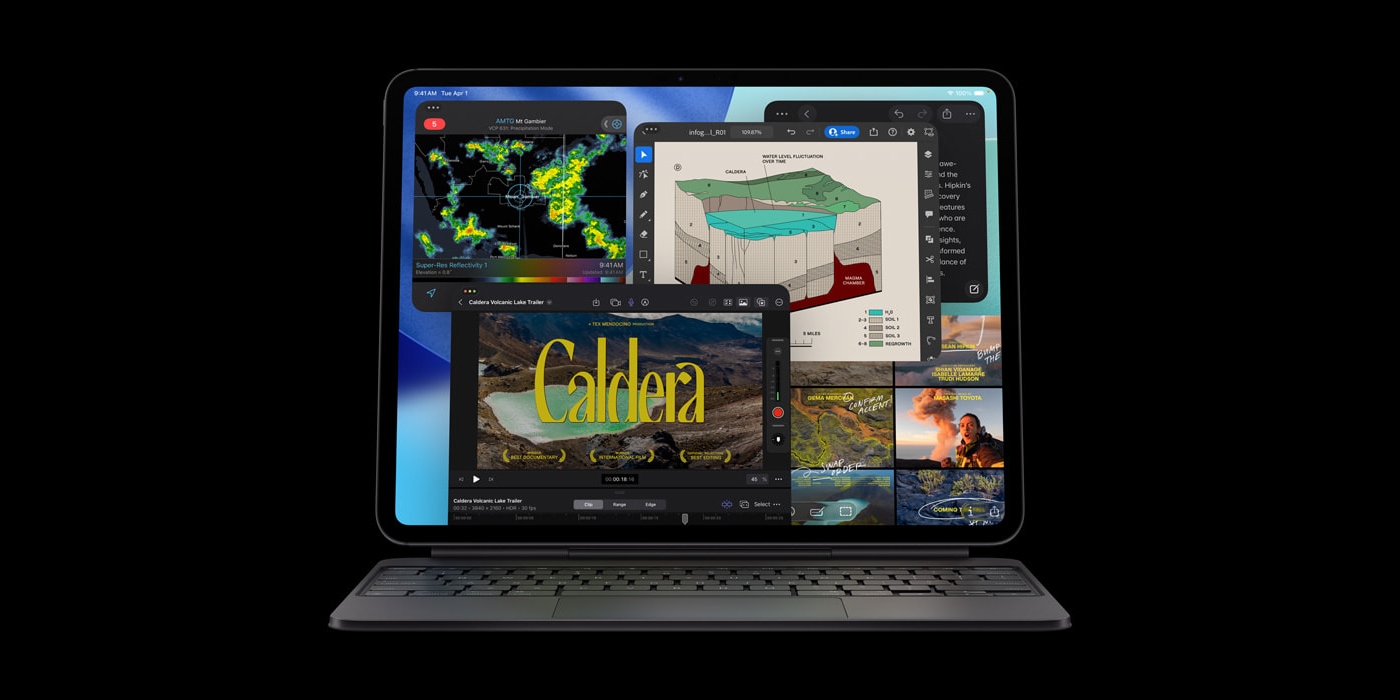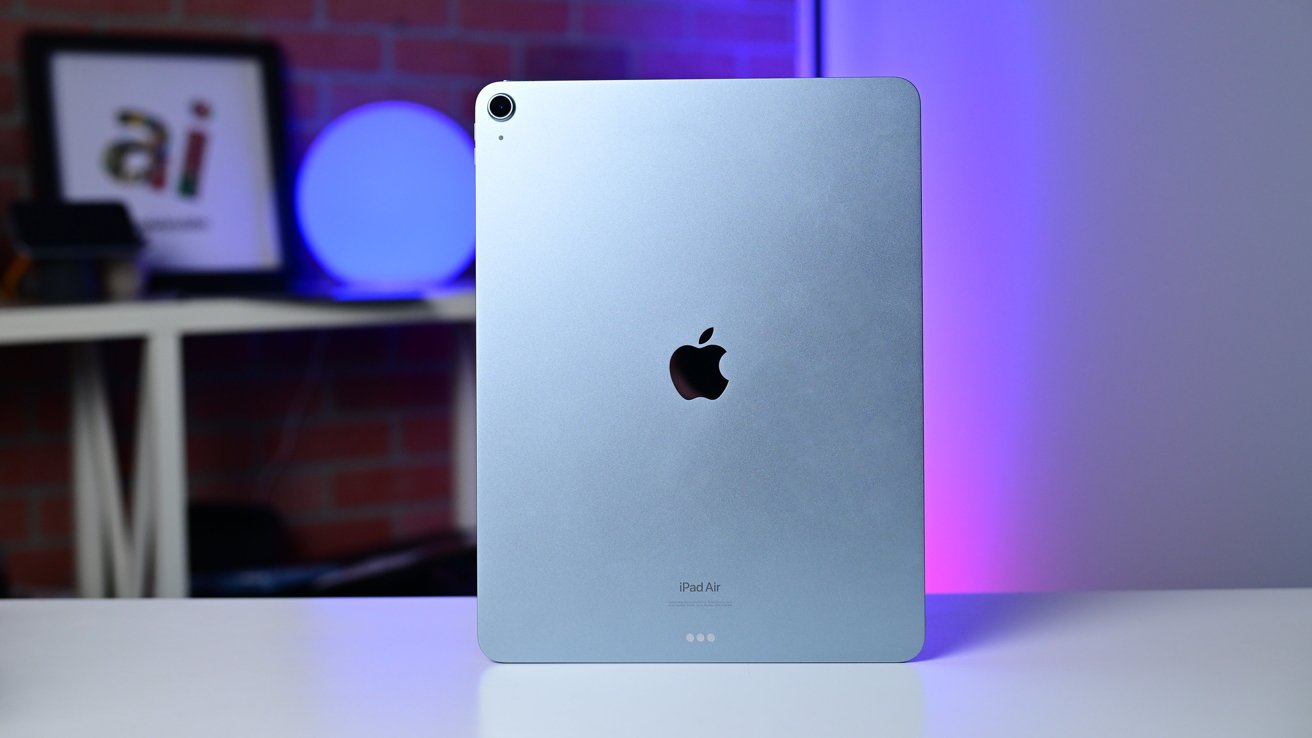Apple’s latest M5 iPad Pro is set to reach consumers tomorrow, and early reviews have begun to surface, offering insights into the device’s performance and features. While the M5 iPad Pro may appear similar to its predecessor, the M4 model, subtle enhancements combined with the advancements in iPadOS 26 contribute to a more refined user experience.
Bridging the Hardware-Software Divide
Historically, Apple’s iPad hardware has often outpaced its software capabilities, leading to a disparity between potential and actual performance. The introduction of iPadOS 26 aims to address this imbalance by introducing significant productivity enhancements. David Pierce from The Verge observes:
> I worried with last year’s model that the iPad Pro was almost too good a piece of hardware, given how limited iPadOS continued to be. Those shackles aren’t all the way off with iPadOS 26, but they’re getting there. The M5 Pro now feels a lot like a super-fast laptop that never seems to slow down, even when I have 10 overlapping apps open just because I can.
However, some reviewers note that while iPadOS 26 brings the software closer to the hardware’s capabilities, certain features of the M5 chip, particularly those related to AI and high-end gaming, remain underutilized due to the current state of the iPadOS ecosystem. Federico Viticci from MacStories points out:
> This is the paradox of the M5. Theoretically speaking, the new Neural Accelerator architecture should lead to notable gains in token generation and prefill time that may be appreciated on macOS by developers and AI enthusiasts thanks to MLX. However, all these improvements amount to very little on iPadOS today because there is no serious app ecosystem for local AI development and tinkering on iPad. That ecosystem absolutely exists on the Mac. On the iPad, we’re left with a handful of non-MLX apps from the App Store, no Terminal, and the untapped potential of the M5.
Notable Enhancements in the M5 iPad Pro
While the M5 iPad Pro retains much of the design and functionality of the M4 model, several incremental upgrades contribute to an improved user experience. One such enhancement is the device’s fast-charging capability. Eric Zeman from PCMag reports:
> Apple says the iPad Pro can gain a 50% charge in 35 minutes if you use a USB-C charger that supports 60W or higher. I tested it with Apple’s new 40W Dynamic Power Adapter, which can max out at 60W, and the iPad hit 50% in 35 minutes. That’s incredibly helpful if you need to charge in a hurry. A full recharge required 1 hour and 19 minutes.
Additionally, the M5 iPad Pro introduces new N1 and C1X wireless chips, enhancing connectivity and overall performance. These hardware improvements, though subtle, collectively contribute to a more efficient and responsive device.
The Impact of iPadOS 26
The release of iPadOS 26 brings a suite of productivity-focused features that align with the hardware capabilities of the M5 iPad Pro. The update includes enhanced multitasking, improved app window management, and a more Mac-like user interface, addressing long-standing user requests for a more robust operating system.
Conclusion
The M5 iPad Pro, while not a radical departure from its predecessor, offers a series of thoughtful enhancements that, when combined with the advancements in iPadOS 26, result in a more capable and user-friendly device. As the software continues to evolve to fully leverage the hardware’s potential, the M5 iPad Pro stands as a testament to Apple’s commitment to incremental innovation and user experience refinement.



